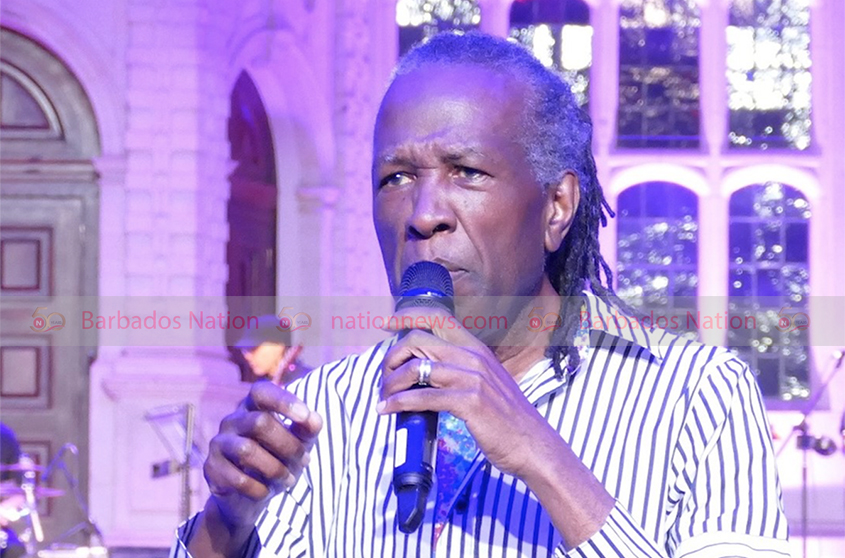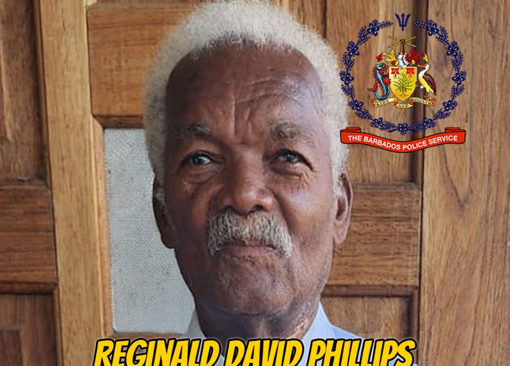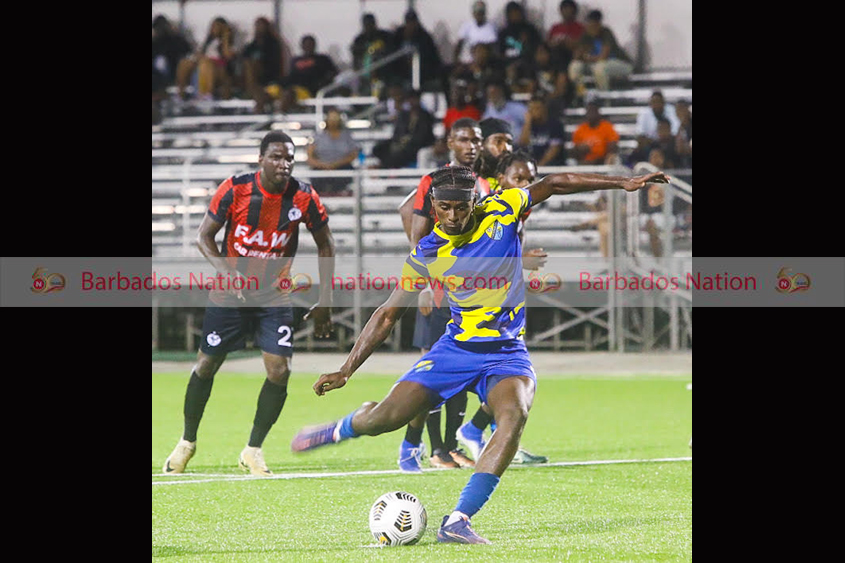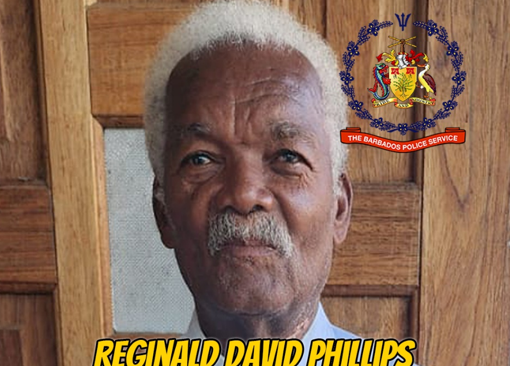

With some interest being stirred on social media regarding his music, this is an effort, feeble though it be, at reviewing one of the masterpieces – arguably the pièce de résistance – of David Rudder, with whose work I became familiar when it hit me like a hurricane nigh-40 years ago while pursuing a brief course of study in Trinidad and Tobago.
It was the year 1986, when Rudder won nearly all titles of the Carnival season: Young King, National Calypso Monarch and Road March. His Bahia Girl stayed in my head and my veritable speech for years afterwards.
It was my first taste of the music – outside of radio listening – of Trinidad and Tobago, and Rudder’s reference in The Hammer to “ . . . a silver chariot/ Riding to the sun/Leaving fire in its wake/Spirits on de run” left me in awe at how an art form could be infused with things ethereal and otherworldly, if done skillfully.
The Hammer was also played that year by Panorama winning band, Trinidad All Stars and this month marks 40 years since the passing of the man to whom the song paid tribute: Rudolph Charles, leader of Desperadoes.
Recently, a friend sent me Calypso Music, along with reactions on social media, causing me to listen to Rudder – particularly Calypso Music – with fresh ears.
Having not played mas’ since 2012 in T& T Carnival and having lost interest in the mediocrity of what has passed for some local calypsos over the last 20 years, almost, listening to great kaiso filled with literary devices beyond the pedantic nature of what is called modern social commentary roused me into this effort at a review.
So, here goes: If one were to speak of a Caribbean work of art that captures the spirit of cricket and music in one line, I would have no choice, as a lover of both disciplines, but to refer to Rudder’s masterpiece Calypso Music.
Poetic play on rhythm
And if I replied that Rudder’s poetic play on a “ rhythm dat could be deadly like Headley” flows just two lines ahead of the aforementioned line – “ the spirit and the melody that sending they soul to the boundary” – one would probably respond that the reference to George Headley, West Indies legendary batsman, fits so perfectly into the allusion that this song should be seen not only as one of the greatest in the kaiso genre but a tour de force among the top literary pieces in our language. An abundance of English devices is present and used with telling effect in Calypso Music, which was released in 1987 and is likely to be listened to and read with reverential respect for decades to come, while being relished by those who love our language.
Though brutally forced upon our ancestors, the language is what it is, and we use it often to make high mas’ as we find ourselves “jamming still”.
Rudder asks important questions as soon as the song begins, immediately drawing the listener into his conversation as if to say, as in chapter 1 of the biblical Book of Isaiah, “ Come now and let us reason together.” The alliteration in “distant drum” pulls you in further as the listener is titillated by the bounce and laughter not just of a melody but – as a man – of an African Caribbean woman; curvy, coquettish and, again, capable of inspiring all of the alliterative descriptions
one could find to refer to something as lovely as a woman . . . or a calypso melody.
Use of personification
Lest I digress, Rudder’s use of personification is masterful not only in how he treats his reference to the melody, but how he treats to the rhythm as he asks whether the rhythm speaks and how. The hint of discovery about the effect of this personified rhythm is an ideal note on which the first stanza segues into the chorus.
In the second and ensuing verses you realise that the writer is not only using the language effectively but has done deep research to bolster his work with substance, history, and information garnered not from libraries but from the grassroots of Trinidad and Tobago.
He depicts the essence of those grassroots particularly well in The Hammer, by the way, when he refers to one “ Sister Sheila” who, on hearing “ thunder roll . . . bawl out, ‘Yuh see? He done start to tune a pan a’ready’.”
His research is equally outstanding in Calypso Music, depicting the art form and himself – a modern-day ‘chantuelle’ influenced by the pop music of the 1970s – as the seed of a griot like Growling Tiger, while further immortalising Lion, Executor, Lord Kitchener, Terror, guitarist extraordinaire Fitzroy Coleman and Calypso King of the World, the Mighty Sparrow.
To say much more may merely be repeating what so many analysts have said of this brilliant opus. So what else can this Caribbean man “to de bone” do, except to agree with the Honourable David Michael Rudder, OCC (Order of the Caribbean Community), who defines calypso’s role as: Speaking truth to power, making politicians/ businessmen cringe via his Madness, causing a woman to move as sweetly as the imagination can conjure, like a Bacchanal Lady, and making an indelible mark in soca while interweaving itself with the old Shango and Bongo beats?
As in the words of W.E.B. Dubois: “I sit with Shakespeare and he winces not. Across the colour-line I move arm in arm with Balzac and Dumas, where smiling men and welcoming women glide in gilded halls” ( The Souls of Black Folk), so do great Caribbean poets like ‘King David’ – so dubbed by Sparrow – exist above the veil that has long prevented us from seeing ourselves beyond race-driven “hidden agendas”, explored in Rudder’s The Ganges and the Nile and the negative narrative that survives in misunderstanding our people, as in Haiti.
The above songs, particularly Haiti (1988) and The Immigrants (1997), remain relevant issues that must be the focus of our poets and writers, thereby bringing our unique narrative to the struggles of Caribbean folk, including those who were “here to help build America/The immigrants ain’t going nowhere, they’re here for America/Fighting for a better life.”
Give praise!
Ricky Jordan is a former Associate Editor at the Nation Publishing Co. Limited.





